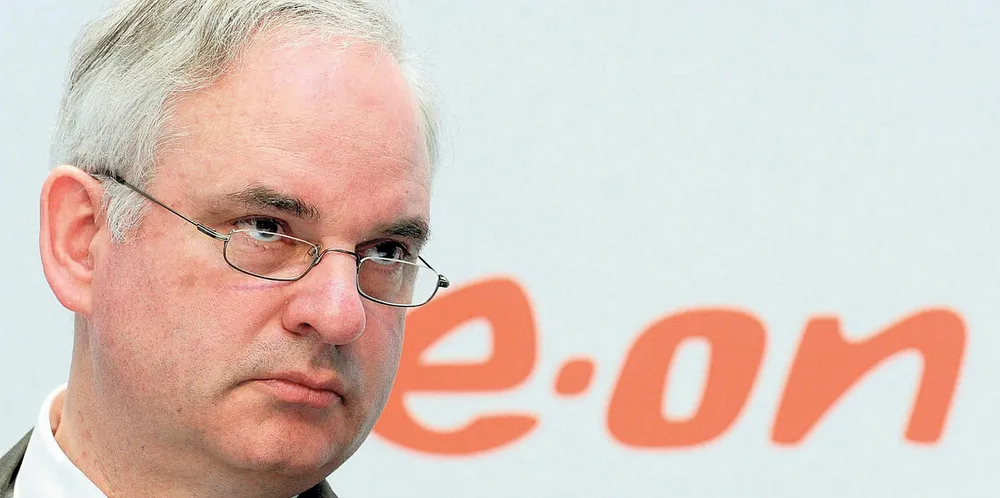E.ON CEO Teyssen warns Covid-19 could push up German power prices
Lower wholesale power prices in the wake of the virus-triggered demand slump may increase the country’s renewables surcharge

Lower wholesale power prices in the wake of the virus-triggered demand slump may increase the country’s renewables surcharge
